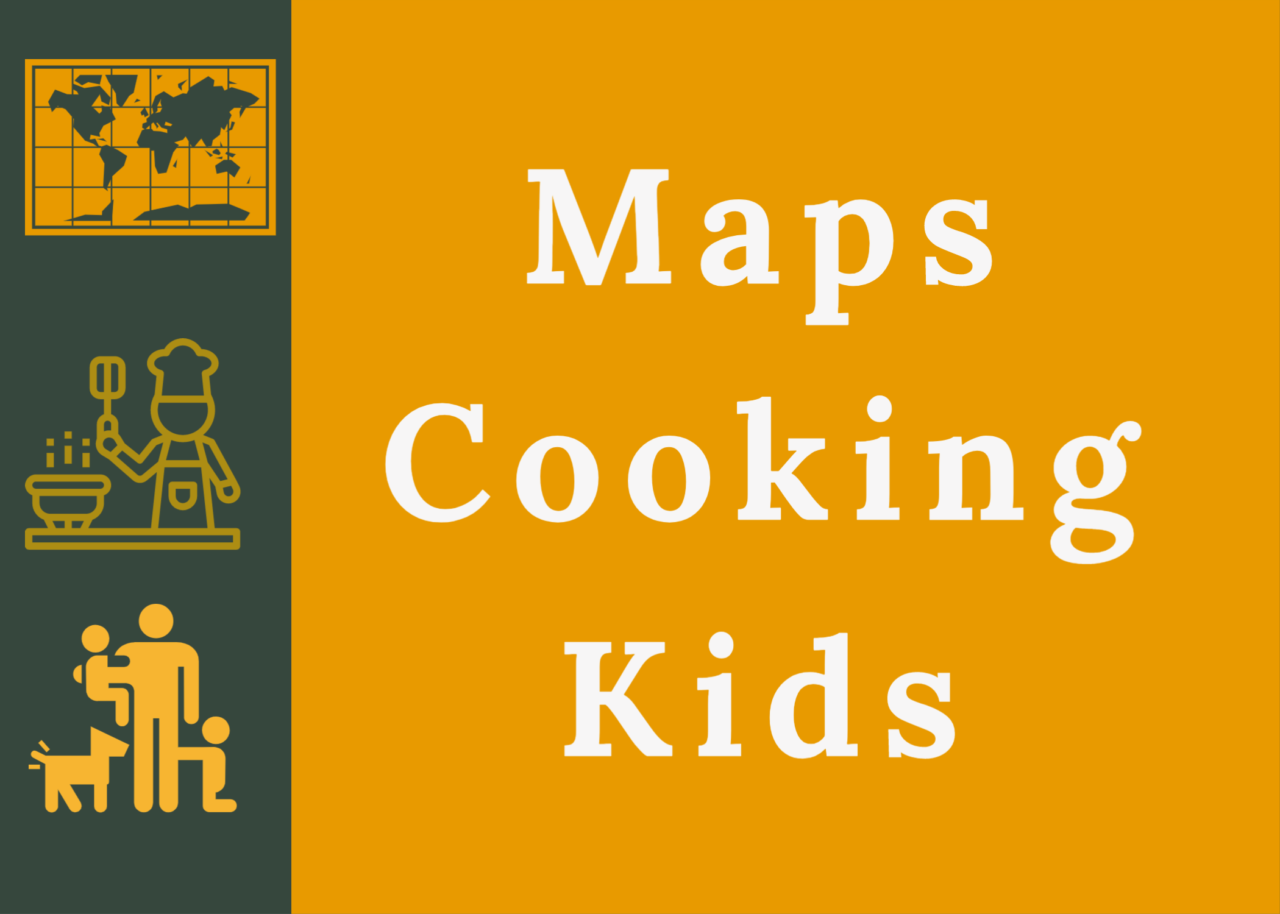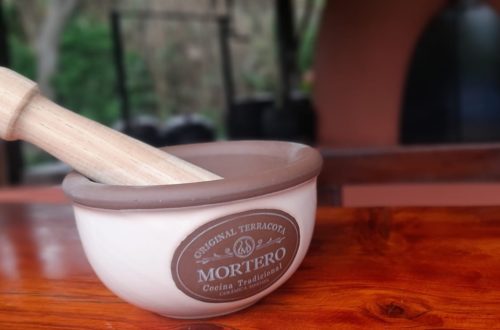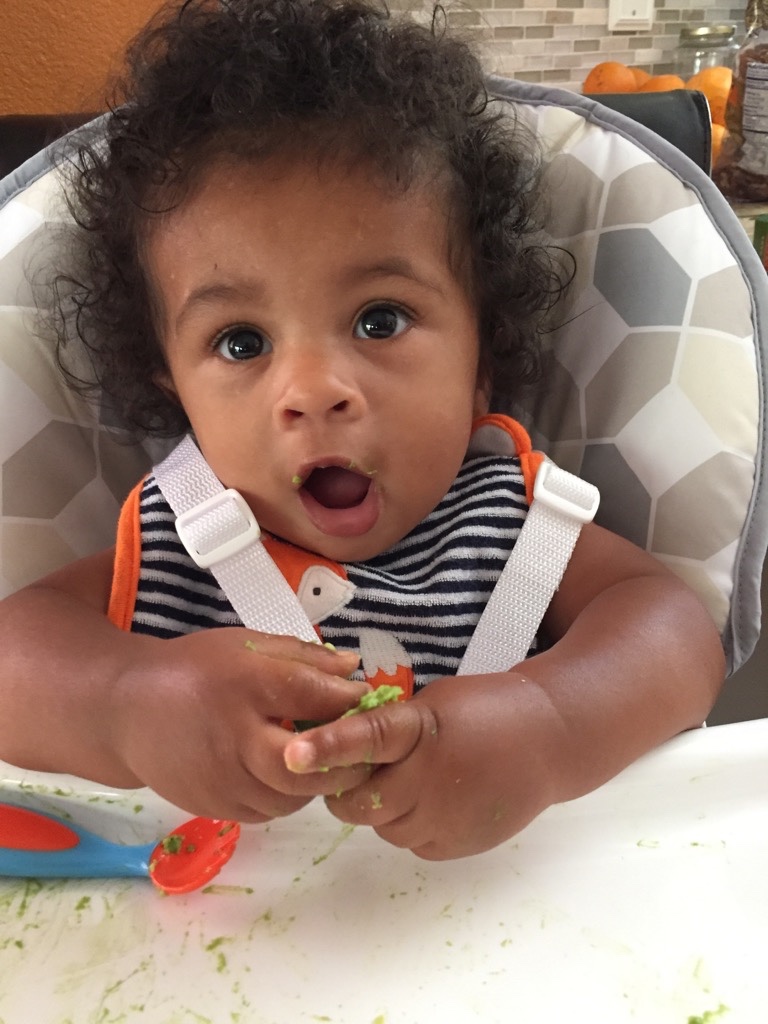
What is Baby-led Weaning About?
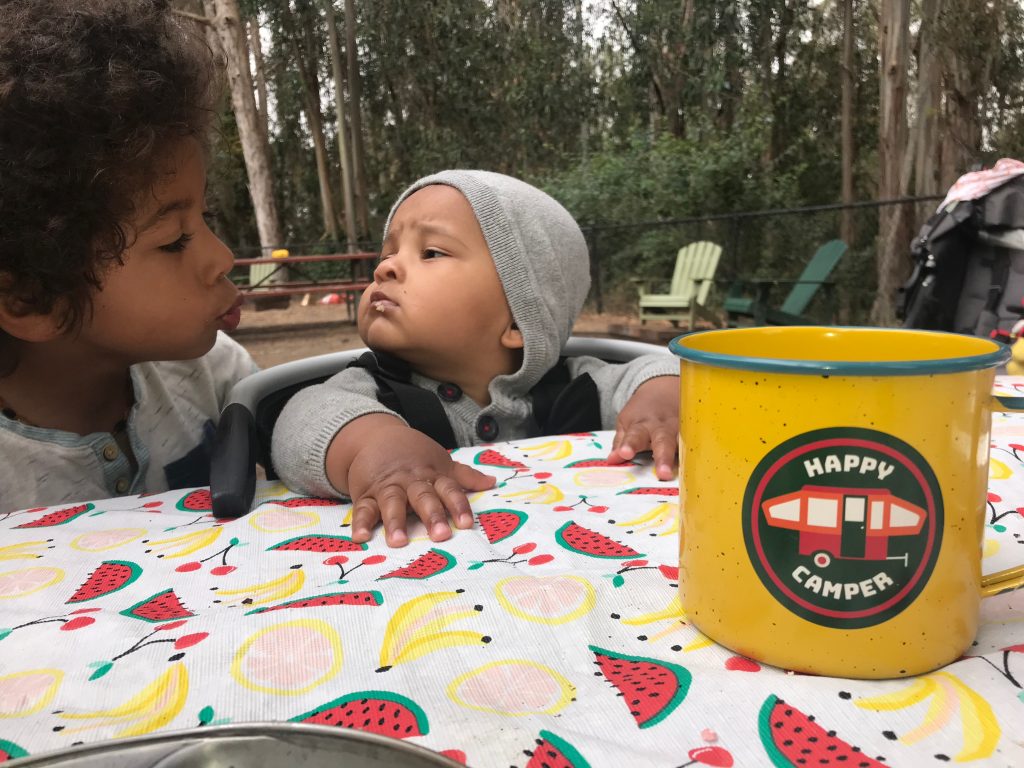
Baby-led weaning is a feeding approach that introduces your child to solids through their own exploration. Baby-led weaning allows your child to be curious about the food that is placed in front of them. Baby-led weaning supplements breastfeeding your child by exposing them to fruits, vegetables, and other non-choking foods.
Baby-led weaning (BLW) also helps develop fine and gross motor skills as your baby takes the lead in feeding themselves with minimal food restrictions once they meet the signs of readiness.
The World Health Organization (WHO)
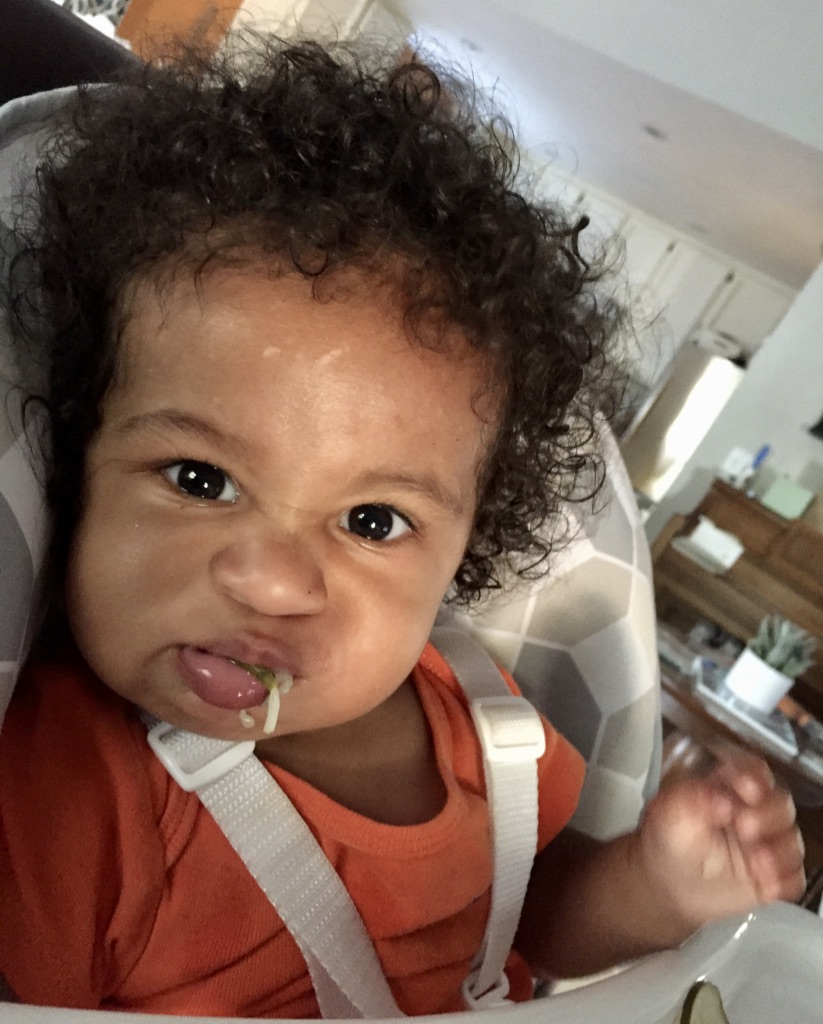
The WHO (World Health Organization) recommends that before we introduce solid food to our children, they should be able to sit on their own unassisted. The typical age most parents introduce BLW is around 6 months of age, as this is around the time most babies lose their tongue–thrust reflex (the natural reflex for pushing food or foreign objects out of their mouths with their tongue). Around six months is also the time that the baby starts to show interest in what mom, dad, or older sibling is eating. Unlike the jars of pureed baby foods, your baby pretty much eats what you are preparing for your family except for the usual restrictions placed on salt, honey, and other foods your baby may be allergic to.

My son was 6 months old when we began traditional weaning and spoon-feeding. It wasn’t enjoyable for us because he would always fuss in his high chair after a few spoonfuls of purees. This led to me being unable to finish my food every mealtime, and I found it exhausting because I had to prepare a separate meal for him.
After learning about the BLW approach, it turned mealtime from a nightmare to a fun experience every day. The inconvenience of preparing meals had lessened because what I would prepare for the family was his food too. This also caused us to shift more toward a healthy, balanced diet. our journey wasn’t always easy because my son went through a phase of not wanting to sit still in his high chair. He would always want to stand up or put his foot on his tray. He’d eventually put food in his mouth, but then he’d spit it out after chewing it for a bit. He would also mash and throw his food on the floor, though I realize this is common and happens to other babies too. During that time, I would always remind myself that I needed to trust my child and make sure that I kept offering food over and over again. I reminded myself to think about how and when I could offer it and what was the best way to help my son to get through these phases.
RELATED: Tummy Time/ Tonic Labyrinthine Reflex
Surprisingly during this time he was still in his normal bracket of weight, and I realized that those phases were a part of his learning process. Independent eating is a skill, and we need to lower our expectations as they go through it. Since BLW is a complementary feeding, babies’ main source of nutrition below one year sold is breast milk or formula milk, which is why we need to trust the process. The main reason why we introduce real solid foods is for our kids to explore the texture and taste that will help them to have a different overview about the food as they grow up.
BLW at Age 6 Months or Older

At 6 months of age, you can help your infant learn one skill that can enhance their dexterity and fine motor skills. BLW is a good opportunity for the child to use his tiny muscles more often that may help them in performing future tasks like writing, drawing, buttoning and zipping clothes. It also allows them to have freedom of independence that will help them to explore the food that they will eat and how much food intake they want.
When we introduce BLW at a young age we offer our children an opportunity to experience real mealtime. As their first teachers, we can also model how they eat food, or assist them as they scoop their tiny spoon and bring it to their mouth. It is also best to have a concrete routine and rhythm on their day-to-day activities to help them remember what will happen next. This allows them more time to practice eating on their own.
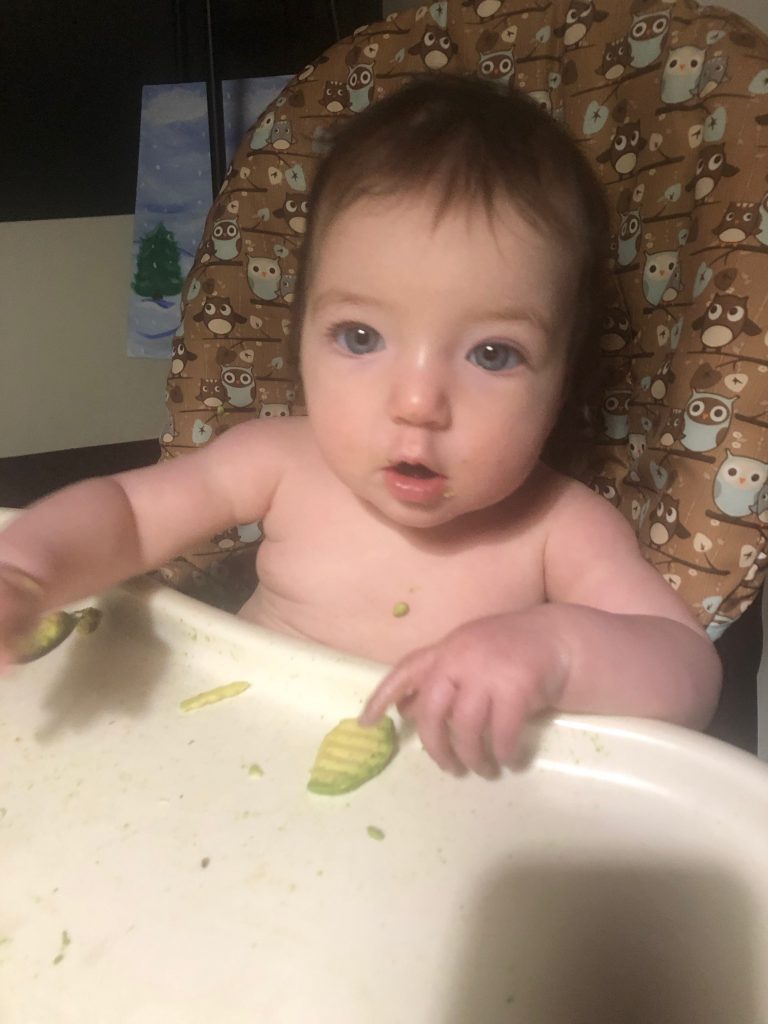
What I love about BLW is there is no first food, only first meal, as the baby will eat whatever the family is having with limitations on sugar and sodium. Here are some key points to remember before you serve a sumptuous meal for your child. Make sure you are cutting up their food so the pieces don’t become a choking hazard. Spices are good as they expand their taste buds and explore food. Honey is not allowed until the age of one. Allergenic foods may be served with precautions, and check if you have a family history with specific foods that may cause a flare-up or reaction in the child. Exposing them to this kind of food may have a lesser reaction as they grow up. Parental discretion is advised whenever they eat leafy vegetables, cereals and meats. We must also be present during mealtime for them to enjoy this milestone in their lives.
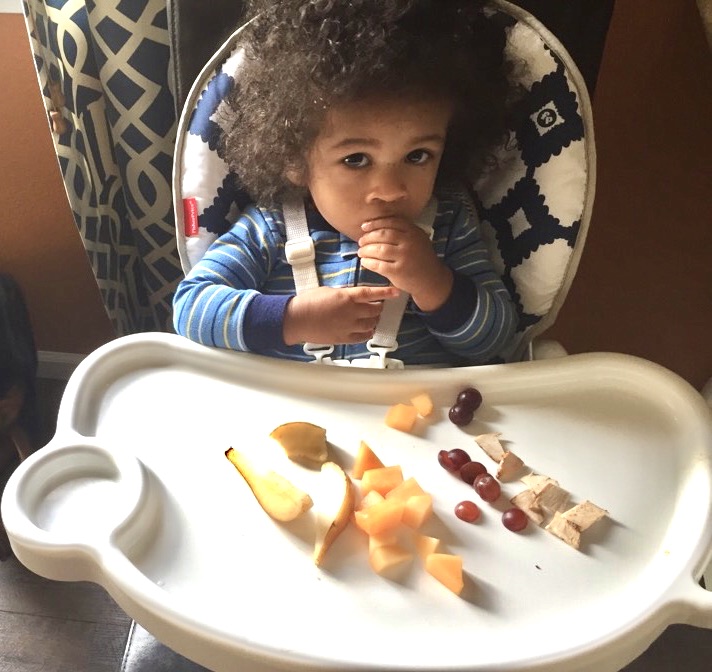
What are your experiences with baby-led weaning? What tips do you have for others who may be unaccustomed to this method of transitioning their child to solid foods? Please connect with us on Instagram @MapsCookingKids or on Twitter @MapsCookingKids. Until next time, agape, be kind, and happy parenting.
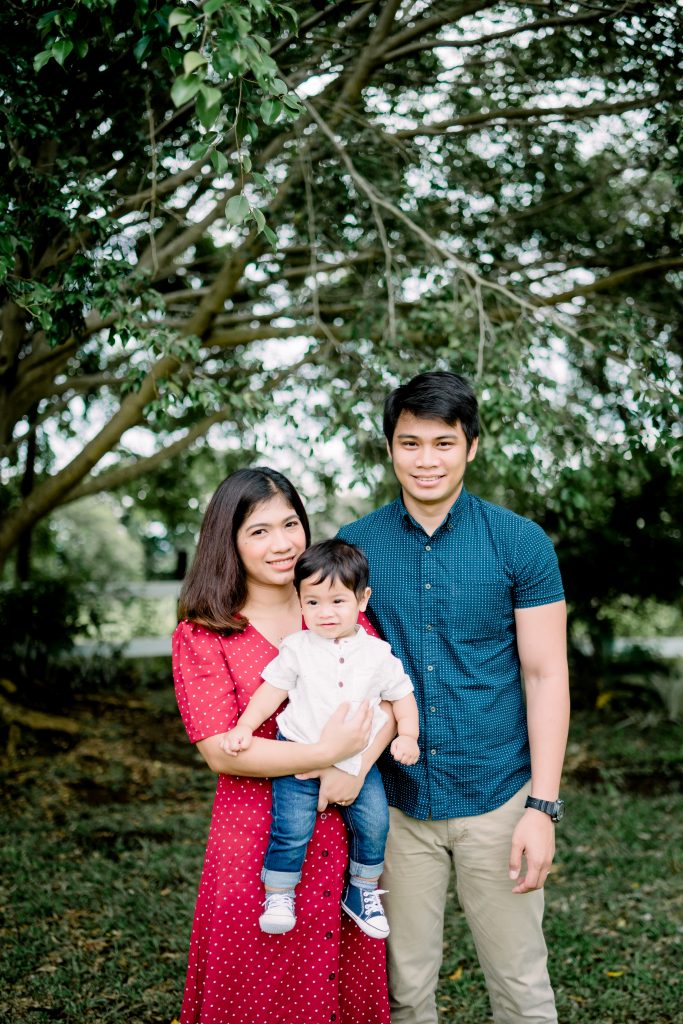
Genevieve is a full time mom who loves to read books about parenting that helps her to get through motherhood. She also loves to prepare healthy meals for her family and curates BLW meal ideas on their social media platform, to help out the mothers on their BLW journey. Her ultimate goal is to share the word of God to all the people who need it. One of her biggest achievements so far was when she married her soulmate.


